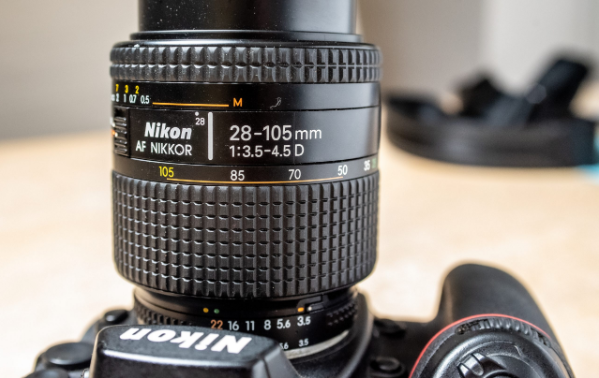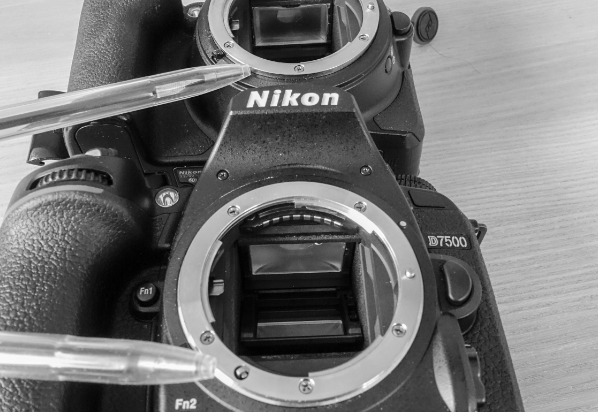Why Godox?
When I was in the market for a speedlite flash the first time around, I looked at the prices for flashes from the big brands such as Canon or Nikon. And my conclusion was that they were out of my reach budget wise. I know from many blog posts and users sharing experiences with these brand flashes that they are very good and will (almost) last you a lifetime. Your mileage may vary, but the price simply kept me from the big and well known brands.
The other side of the road is is to go for a very cheap flash, but studying the market and what experience photographers had had with budget flashes, that did not seem to be my path either. As they say, buy nice or buy twice. I was not planning to buy twice.
So my solution was Godox, that I find to deliver solid quality products without breaking the bank. That for me was the sweet spot I had been searching for. And I got a TT685 and later a V860 mk II and now a V860 mk III. And I wish I had started with the latter!
Now, if you are simply after if I can recommend this flash, then it is a big yes. I find the price around 220-230 EUR to be reasonable, and the functionality and light provided by Godox is exactly what I need. If you have a big studio and need to cover a lot of distance or area, then this flash may not suffice (the guide number is 60 (meters)), but for my work mainly being shooting objects (products, stills, etc) at relatively close range, this flash is spot on for that I need.
Notice that this flash is also branded under the name: Flashpoint Zoom Li-on III R2 TTL over at Adorama.
Battery
So this reviewer starts out with the battery on the V860 III – does he not get the point with a speedlite? Well, I do, but when you start working with a speedlite, one of the first things you will notice is battery life and recycling times.
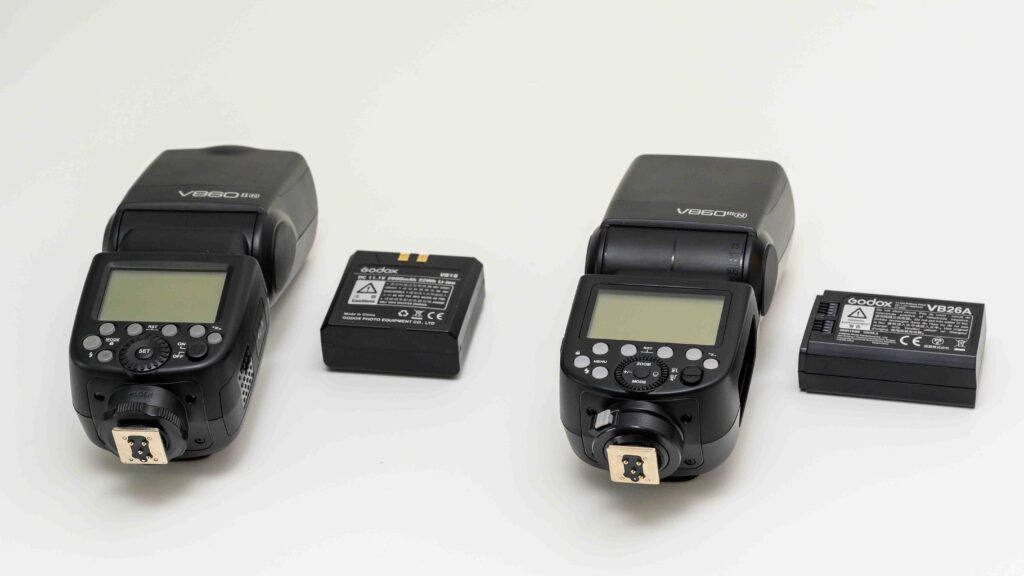
I have had speedlites with AAA batteries and external power banks, and I can say from bitter experience: do not travel that road! It is clumsy and cumbersome! The powerful Li-on battery in the V860 III delivers plenty of power. In fact, it has 1.5 times more power than the mk II, despite the battery is smaller in size.
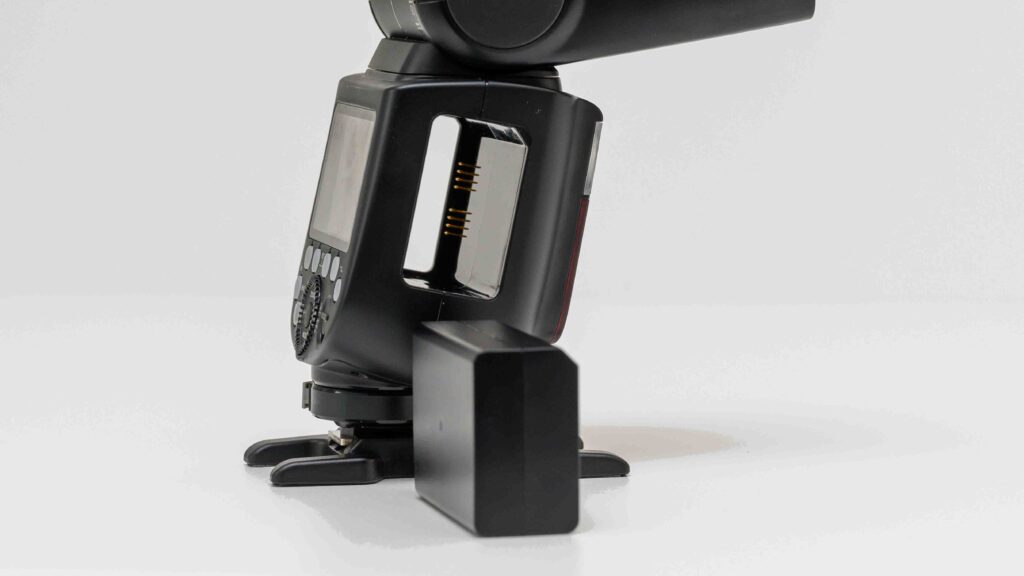
The recycle time after firing full throttle is around 1-2 seconds, and that is more than acceptable in my book. The cycle speed obviously increases as you lower the power, so worst case is 1-2 seconds, but often faster.
The spec sheet promises 480 flashes at full power (76W) before the battery is flat. I must admit that I have never run a battery down – I have a spare battery in the charger, and as soon as there is 1 bar left, I switch, and I have never bothered to count. For me the flash can fire so many times on a single battery that I get tired before the flash does! But of course, if you shoot HHS a lot, then 480 flashes may wear down quickly!
Notice that relative to the mk II, the mk III has 50% more amps available, despite the battery’s physical size being smaller. So if your budget allows, go for the mk III for that reason alone – you will not regret it.
Presentation
So the Godox V860 III is a pretty standard speedlite and from the looks of it, it does not stand out from so many other speedlites.
As with more expensive flashes, you can tilt the head both in and up-down direction, but also turn it sideways. This is great for bouncing the light exactly in the direction you want it to. Cheaper flashes often only allow you to tilt up and down.
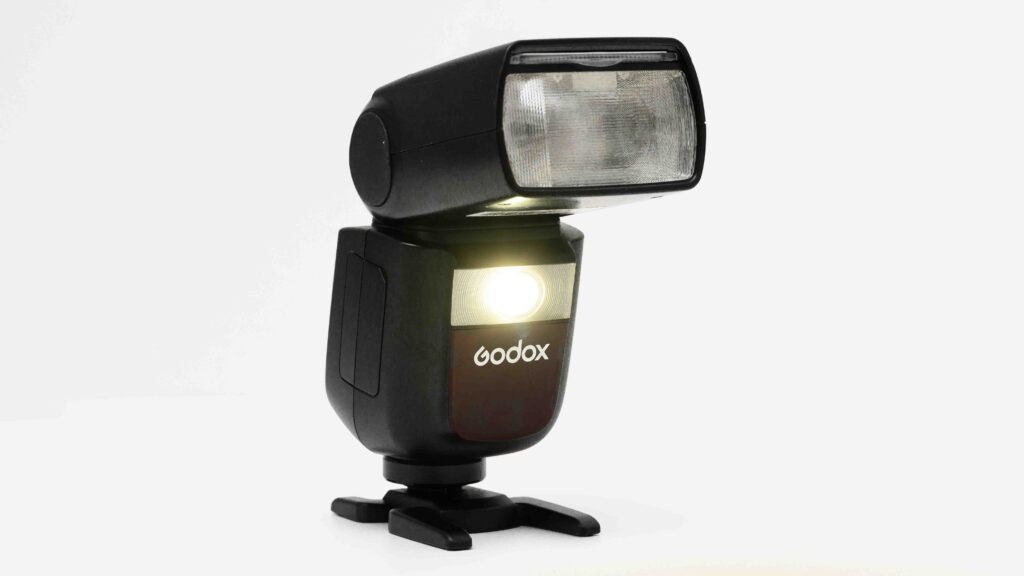
An added feature with the mk III relative to the mk III is so called modelling light. It allows you to see the direction of the light before you hit the shutter – provided the head is pointing the same direction as modelling light does! And when shooting into a shoot through umbrella, I find it less useful as the light is rather weak. The idea is good and probably stems from some of the pro gear where the modelling light can power up entire softboxes and really be useful. Here I find it is more a gimmick than anything else.
On camera
The foot of the flash is designed for a specific brand of camera, and you can get a flash for all the major brands. I have flashes for both Fuji, Nikon and Sony, but I know the list is longer and that Godox probably extend is as this blog post ages. So check if there is one your camera.
One cool detail that I think many have forgotten is the ability to have the flash fire in optical slave mode. This is a budget friendly way of getting your flash off the camera and use the flash built into your camera to trigger the Godox flash. In the image above, just below the modelling flash, you can see a red zone beneath the Godox name, and it is where the flash looks for trigger light if you have activated optical slave mode. Of course the slave flash is not very smart and cannot contribute to TTL shooting or other ways of controlling the light automatically, but as a manual way of getting the flash off camera, I think it is a valid option. And it can be an option while you save for a radio transmitter! Which brings me to…
Off camera
Maybe one of the best things about the Godox flashes is that they share protocol and can talk to each other irrespective of the camera they are intended for. When we are talking on camera, you need to buy a Godox flash made for Fuji if you want it to be mounted on a Fuji camera. The foot is made specifically for that brand only. But when moving off camera, only the trigger needs to fit the brand of the hotshoe. The protocol between sender and receiver is brand agnostic.
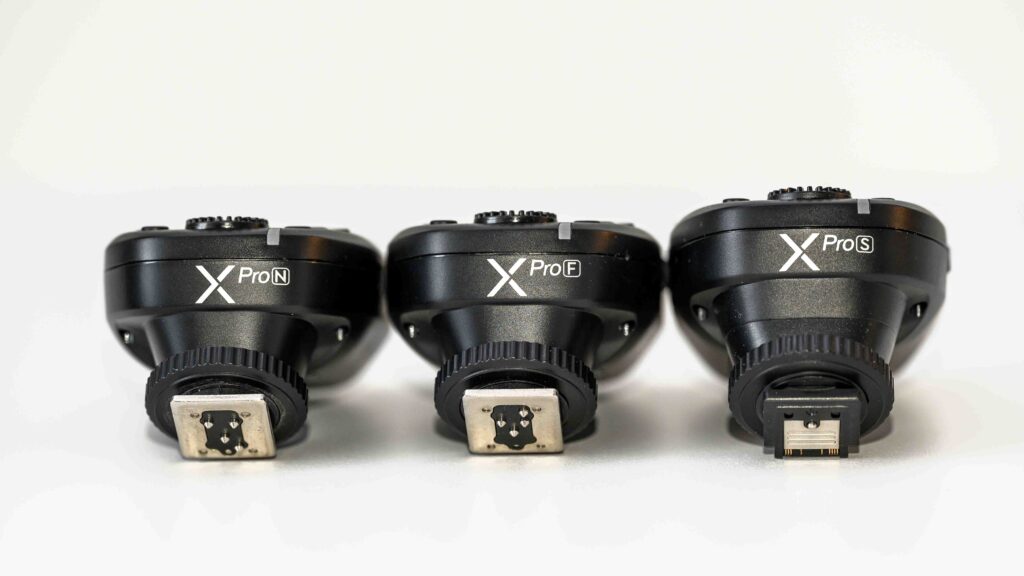
Sounds complicated? I have 3 so called X-pro tiggers. One for Nikon, one for Sony and one for Fuji. Each pro trigger can only sit on a Nikon, Sony and Fuji hotshoes respectively. But they can trigger any V860, irrespective of what camera it is made for.
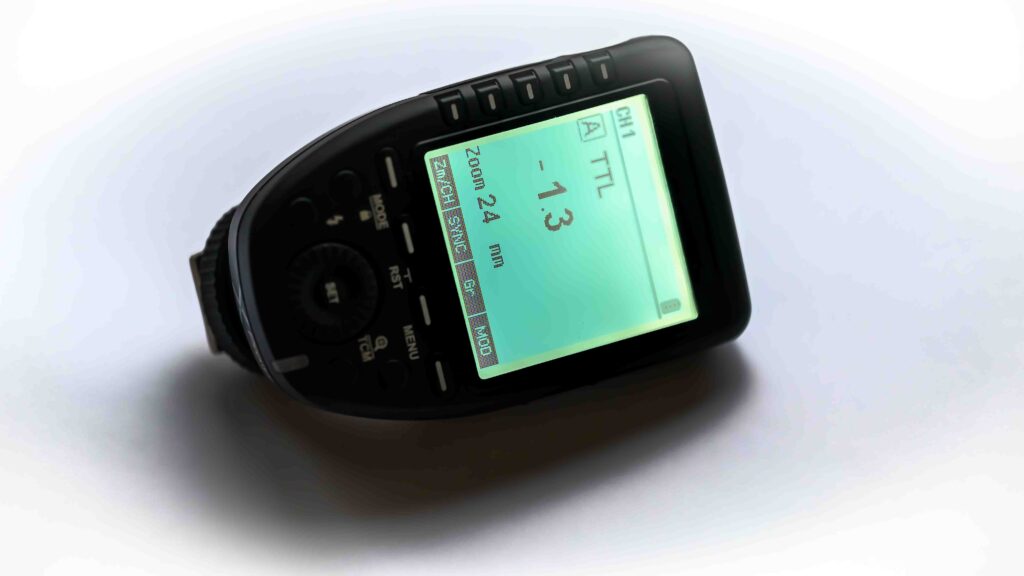
So I use the same flash for 3 different cameras. That is smart. And it works. But of course the trigger is not for free, but compared to other brands where the protocol between trigger and receiver is brand specific, this is simply brilliant!
Living with a V860 III
Admitted, I will never be a big fan of the user interface on the Godox flashes, and the mk III is no exception. I have come to learn to live with the menus and buttons that I find a bit quirky, so it is not a showstopper in any way, but a better designed user interface is for sure on my wish list for the mk IV!
The weight is around 500 grams with battery, and that is some when mounted on top of the camera, but you quickly get used to it. Be careful with handling the flash when mounted on camera – the foot is made of metal, so if force is applied (you drop the camera with flash on a tile floor!) then you may find your flash survives but the hot shoe on your expensive camera is shredded. So take care or shoot off camera!

I don’t think you will miss any technical features with the V860 mkII. It supports HSS, front/rear curtain sync, optical slave, TTL, exposure compensation +/- 3 stops, zooms between 20 and 200mm, has built in reflector and has a focus assist light. There are so many groups and channels that even 10 wedding photographers working in the same space could find a seperate channel combination to work with! Your demands may be more advanced than mine, but for me this flash has all I need and then some!
The light is as it should be – 5600K +/- 200 K. I have not noticed any changes or inconsistency over time with the temperature of the light, no matter if the flash is just started or has been at it for a long time.
My wish list for the Mk IV, other than a better menu system, is the ability to charge the battery via the USB-C connector in the flash, i.e. that I can charge the battery without removing it from the flash. That would be cool. But it is nice to have.
Conclusion
As you have probably guessed, I like this flash! It gets the job done, and without the quirks that some other flashes have. In short:
- Excellent value for money
- Powerful and compact battery
- Tons of technical features
- Great wireless system
And the improvement points are:
- More power to the modelling light
- Re-designed menu system (by a photographer, not a software engineer!)
- Charging via the USB-C port
Affiliate shopping link
Video link

